DRDO
SOURCE: RAUNAK KUNDE / NEWS BEAT / IDRW.ORG
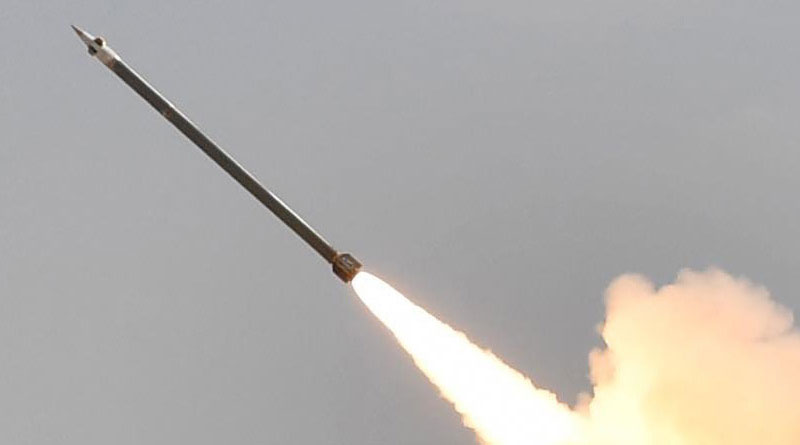
In a significant boost to its artillery capabilities, the Indian Army is set to receive the first batches of the Guided Pinaka multi-barrel rocket launcher (MBRL) system later in 2025. This development follows the successful completion of flight tests conducted by the Defence Research and Development Organisation (DRDO) in November 2024, which were aimed at validating the system against the Provisional Staff Qualitative Requirements (PSQR).
On November 14, 2024, DRDO announced that the flight tests of the Guided Pinaka were completed in three distinct phases across various field firing ranges, marking a crucial milestone in the system’s development. These trials not only confirmed the rocket’s enhanced range, extending it to over 75 kilometers, but also validated its accuracy, consistency, and rate of fire for engaging multiple targets in salvo mode.
Continue readingSOURCE: RAUNAK KUNDE / NEWS BEAT / IDRW.ORG

Larsen & Toubro (L&T), in collaboration with the Defence Research and Development Organisation (DRDO), has begun manufacturing the second prototype of the Zorawar Light Tank, marking a significant stride in India’s indigenous defense capabilities. This development comes as the Indian Army gears up to conduct extensive trials on the first prototype of this new light tank, designed specifically for high-altitude warfare.
The second prototype’s manufacturing signifies an acceleration in the development process, providing the army with an opportunity to compare and refine the tank’s design based on feedback from the ongoing trials. The Indian Army has expressed intentions to induct up to 354 units of this tank, highlighting its strategic importance in modernizing the country’s armored forces for operations in rugged and high-altitude areas where traditional heavy tanks struggle.
Continue readingSOURCE: RAUNAK KUNDE / NEWS BEAT / IDRW.ORG

The next-generation BrahMos-NG missile, currently under development, is slated to enter its trial phase by late 2027 or early 2028, according to an official closely associated with idrw.org. This advancement marks a significant step in enhancing India’s aerial strike capabilities with a missile designed for versatility across various fighter jet platforms, including smaller aircraft.
The official revealed to idrw.org that “the project is progressing smoothly. The design blueprint for the new missile has been finalized, and we are now moving towards the development phase.” This phase will see BrahMos Aerospace conducting captive flight trials starting in 2026. “If integration and these captive flight trials are concluded smoothly, then the first developmental test firing could take place by 2027,” the source added.
Continue readingSOURCE: RAUNAK KUNDE / NEWS BEAT / IDRW.ORG
The Gas Turbine Research Establishment (GTRE), a key division under the Defence Research and Development Organisation (DRDO), is reportedly seeking clearance to work on an upgraded Kaveri engine capable of generating 90kN of thrust. This engine, intended for the Tejas Mk1A fighter program and potentially for the Tejas MkII, requires significant advancements, including the development of an entirely new core and substantial funding for the project.
The existing Kaveri engine core can produce a thrust of 46-49kN, which falls short of the requirements for next-generation fighter platforms. To achieve the targeted 90kN thrust, the new Kaveri engine will need to deliver nearly 60kN of thrust in dry power, with afterburners providing the additional boost. Achieving this capability demands the design of a new core that can sustain higher pressure and temperature ratios while maintaining reliability and efficiency.
Continue readingSOURCE: RAUNAK KUNDE / NEWS BEAT / IDRW.ORG

Hindustan Aeronautics Limited (HAL) has recently experienced a notable increase in inquiries from various countries looking to procure spares for the AL-31F engines, which power the Su-30 family of fighter jets. This uptick in interest is largely due to delays in Russian supply chains, exacerbated by the ongoing conflict and the heavy operational use of the Su-30SM in frontline engagements.
The AL-31F, developed by Russia’s Ufa Engine Industrial Association (UMPO), is a critical component of the Su-30 aircraft, including the Indian variant, the Su-30MKI. Known for its reliability and performance, the engine has been integral to the operational capabilities of numerous air forces worldwide.
Continue readingSOURCE: RAUNAK KUNDE / NEWS BEAT / IDRW.ORG
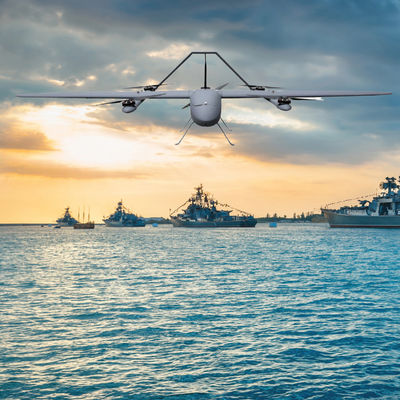
The Indian Navy is actively exploring the development of long-range unmanned aerial vehicles (UAVs) capable of sustained surveillance over the Indian Ocean Region (IOR) while offering quicker reaction times. This move is part of a broader strategy to strengthen maritime domain awareness and bolster capabilities in monitoring naval activities in the region.
The Navy has already set plans to acquire the MQ-9 Reaper drones for intelligence, surveillance, and reconnaissance (ISR) roles. However, officials are also looking at larger, jet-powered unmanned platforms that can address gaps in operational speed and range. A naval official, speaking to idrw.org, highlighted the limitations of High-Altitude Long-Endurance (HALE) UAVs powered by turboprop engines, which, while suitable for persistent monitoring, lack the speed required to rapidly reach distant areas of interest.
Continue readingSOURCE: RAUNAK KUNDE / NEWS BEAT / IDRW.ORG

In a strategic pivot, the Indian Air Force (IAF) is increasingly leaning towards using air-launched ballistic missiles (ALBMs) for its long-range strike missions. This shift is largely influenced by the vulnerabilities observed in subsonic cruise missiles, even those with stealth capabilities, which have proven easier for modern air defence systems to intercept due to their predictable flight paths.
The IAF has already integrated the Rampage and ROCKS ALBMs, both of which are imported from Israel. These missiles are designed for precision strikes against high-value, hardened targets. Local production of these missiles is underway, signaling a move towards self-reliance and cost-efficiency in defence acquisitions.
Continue readingSOURCE: RAUNAK KUNDE / NEWS BEAT / IDRW.ORG

In a significant step towards enhancing its aerial combat capabilities, the Indian Air Force (IAF) has initiated the procurement of a limited number of Astra MK2 missiles, marking the beginning of the production process for this advanced Beyond Visual Range Air-to-Air Missile (BVRAAM).
The Astra MK2 is an evolution of the Astra MK1, which has already been integrated into several IAF fighter aircraft, including the Su-30MKI and the indigenous Light Combat Aircraft (LCA) Tejas. The MK2 variant boasts several enhancements.
Continue readingSOURCE: RAUNAK KUNDE / NEWS BEAT / IDRW.ORG

The Combat Vehicles Research and Development Establishment (CVRDE), a premier lab under India’s Defence Research and Development Organisation (DRDO), has announced plans to develop a new 700HP engine specifically tailored for the Zorawar Light Tank. This initiative comes as the Zorawar project moves towards full-scale production, aiming to enhance the tank’s performance on India’s rugged terrains.
The current prototype of the Zorawar Light Tank is powered by an American-made Cummins 750HP engine. This same engine is slated to equip the first batch of 59 units. However, looking ahead to the broader production phase, where 240 more units are expected to be manufactured, CVRDE has proposed an indigenous solution with its 700HP engine.
Continue readingSOURCE: RAUNAK KUNDE / NEWS BEAT / IDRW.ORG
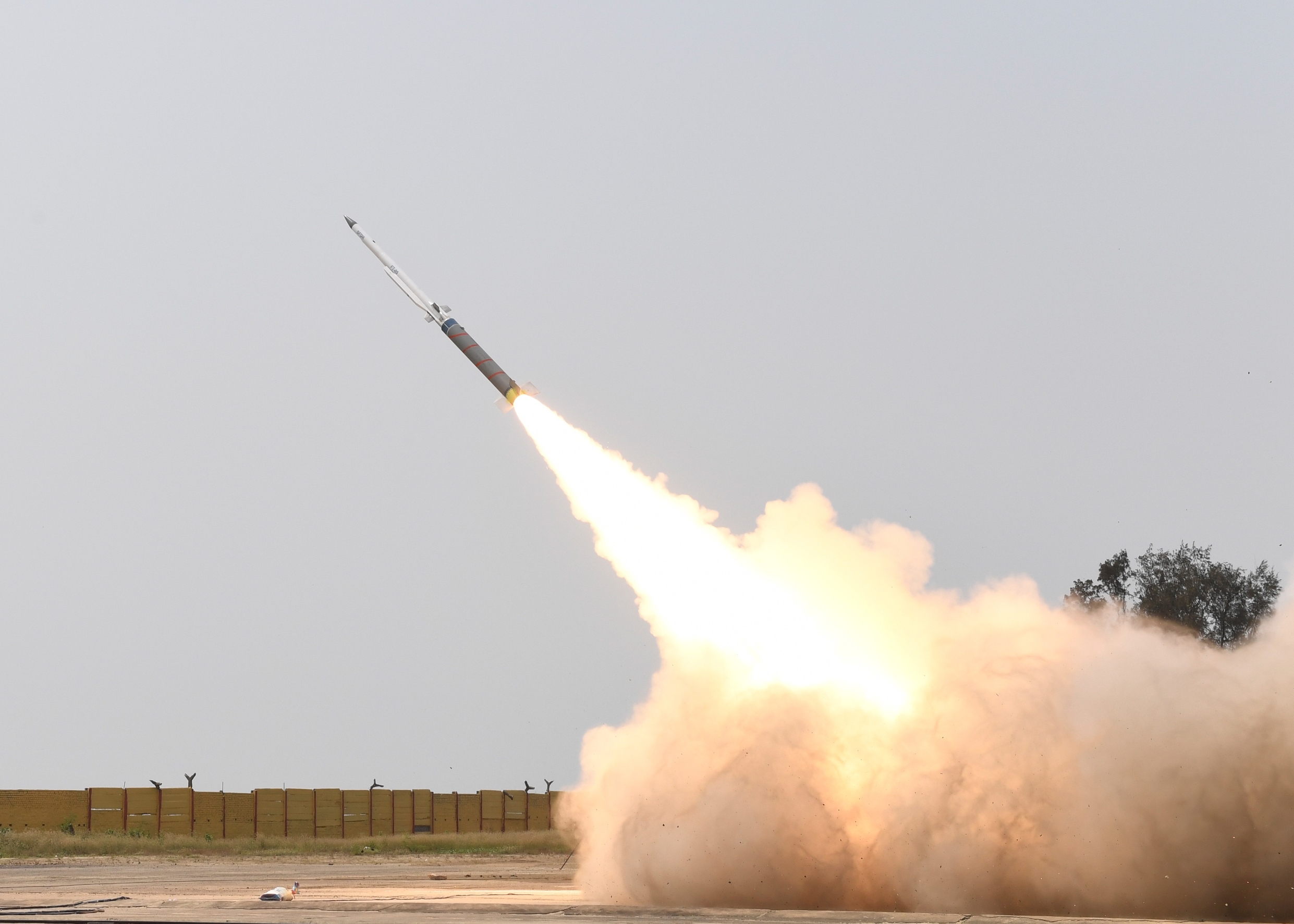
India’s Defense Research and Development Organisation (DRDO) has made significant strides with the Astra MK3, positioning it as a formidable contender in the realm of air-to-air missiles. Recent data showcases that the Astra MK3 boasts a 20% higher ramjet specific impulse compared to the European Meteor missile, suggesting that it could achieve greater speeds.
The ramjet specific impulse, which essentially measures the efficiency of the propulsion system in terms of thrust relative to fuel consumption, directly impacts the missile’s velocity. A 20% increase over the Meteor’s capabilities implies that the Astra MK3 can maintain higher speeds for longer periods, enhancing its engagement envelope during combat scenarios.
Continue readingSOURCE: RAUNAK KUNDE / NEWS BEAT / IDRW.ORG
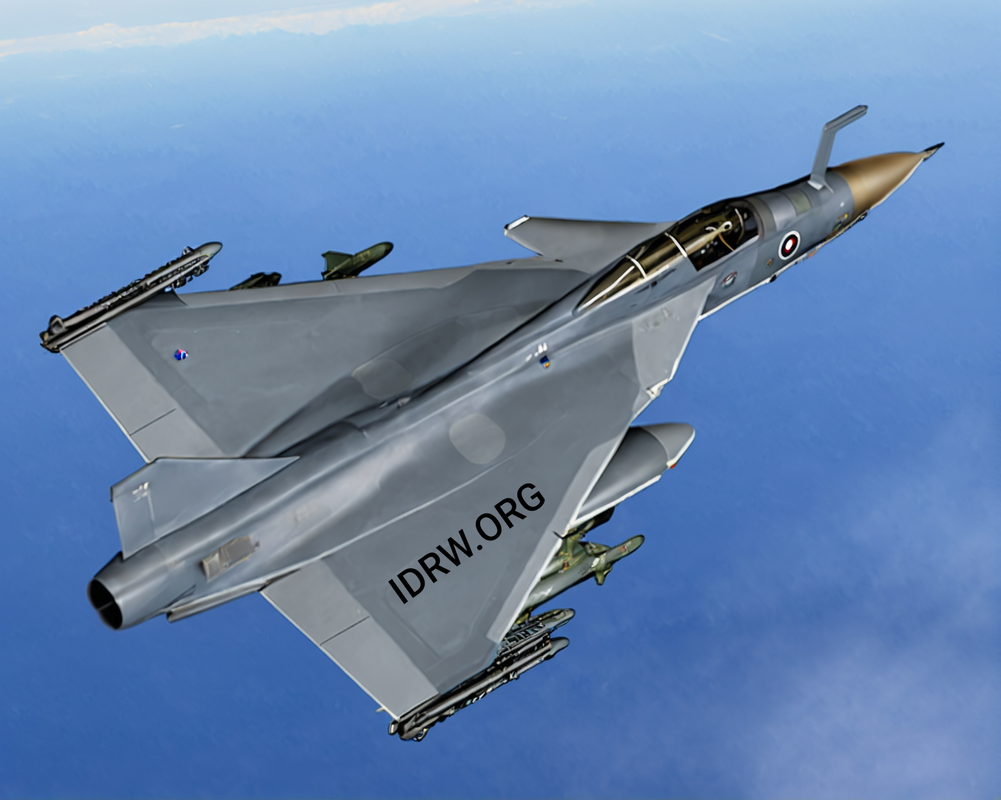
The Tejas MkII program, a cornerstone of India’s push for indigenous defence capabilities, has received a firm commitment from the Indian Air Force (IAF) for the procurement of 120 jets. According to an IAF official who spoke to idrw.org, this commitment is expected to not only break the 200-unit mark but could potentially extend to as many as 250 units over the course of the next decade.
The IAF’s commitment to the Tejas MkII comes as part of its larger strategy to modernize and enhance its combat fleet. The IAF has already placed firm orders for 220 Tejas Mk1/Mk1A aircraft from HAL, with 32 units already inducted into service. In addition to these, 83 Tejas Mk1A aircraft are currently on order, and a further 97 units are planned. With Tejas MkI and MkIA deliveries ongoing, the IAF is well on its way to surpassing the 147 units of the HF-24 Marut (India’s first indigenous jet), which were produced over almost two decades.
Continue readingSOURCE: RAUNAK KUNDE / NEWS BEAT / IDRW.ORG
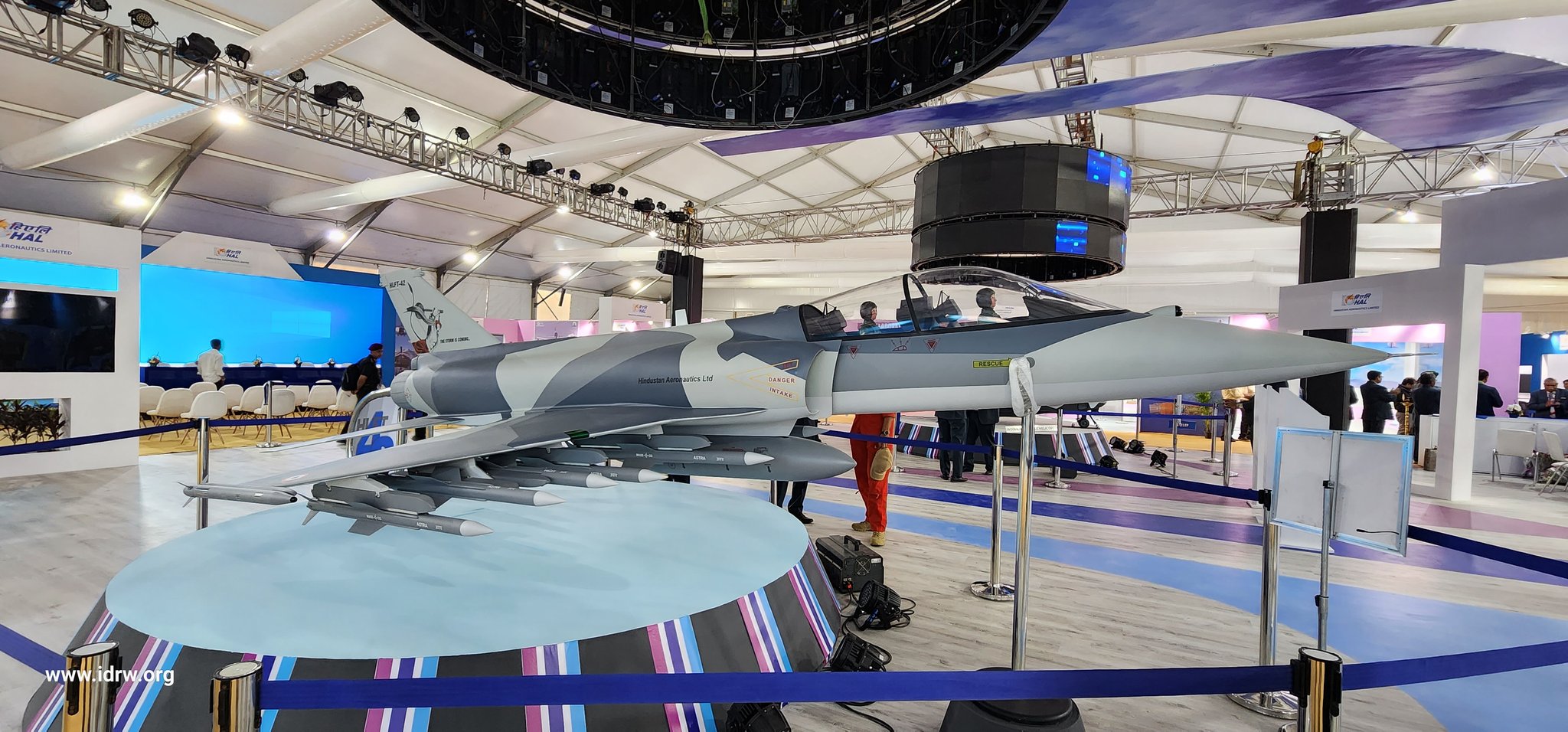
India’s defence aviation landscape is on the cusp of a technological leap as plans for the proposed Hindustan Aeronautics Limited Fighter Trainer-42 (HLFT-42) likely will incorporate cutting-edge artificial intelligence (AI) technologies. Designed to enhance pilot cadets’ learning and boost operational combat capabilities, the HLFT-42 could redefine how fighter pilots are trained in the country.
AI integration in the HLFT-42 is expected to transform training methodologies through the inclusion of virtual tactical training systems. These systems would enable cadets to simulate and practice various combat scenarios, ranging from short-range dogfights to mid- and long-range engagements. By exposing pilots to realistic combat situations in a controlled environment, this technology promises to sharpen skills and improve decision-making under pressure.
Continue readingSOURCE: RAUNAK KUNDE / NEWS BEAT / IDRW.ORG
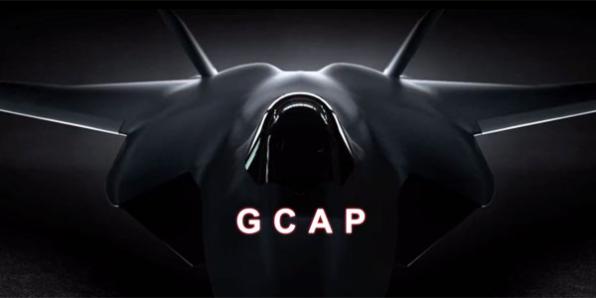
India has reportedly received offers from Germany and Spain to join their 6th Generation Future Combat Air System (FCAS) program, as well as an invitation from the UK-Japan-Italy consortium to participate in their Global Combat Air Program (GCAP). While these proposals signal the growing recognition of India as a strategic defence partner, New Delhi remains committed to its indigenous Advanced Medium Combat Aircraft (AMCA) program, a 5.5-generation fighter jet project designed to bridge the gap between 5th and 6th-generation technologies.
While official discussions between the UK and India regarding GCAP have been confirmed, India has yet to publicly acknowledge the proposals from Germany and Spain.
Continue readingSOURCE: RAUNAK KUNDE / NEWS BEAT / IDRW.ORG

In a strategic move to address the ongoing delays in the supply of the high-thrust F404-IN20 engines for the Tejas Mk1A light combat aircraft, General Electric (GE) has proposed an interim solution to Hindustan Aeronautics Limited (HAL). GE suggests using the lower thrust F404-GE-102 engines, which are currently manufactured by Samsung Techwin for the Korean KAI/LMTAS T-50 advanced trainer/light fighter.
The F404-GE-102 engines offer a maximum thrust of 78.7 kN with afterburner, which is slightly less than the 84 kN provided by the F404-IN20 engines specifically designed for the Tejas Mk1A. These engines are suggested as a stopgap measure until the production of the F404-IN20 engines can be ramped up to meet HAL’s requirements. Once the new engines are available, the lower thrust versions could be swapped out.
Continue readingSOURCE: RAUNAK KUNDE / NEWS BEAT / IDRW.ORG

The Indian Defence Research and Development Organisation (DRDO)’s Gas Turbine Research Establishment (GTRE) has announced that the Kaveri derivative engine is gearing up for another significant phase of testing. This round involves 70 hours of crucial flight trials on a Russian Ilyushin Il-76 testbed, a process expected to span nearly a month.
The technology demonstrator engines have already logged over 140 hours of testing. This includes 70 hours of ground testing at GTRE’s facility in Bangalore and an additional 75 hours of altitude testing at the Central Institute of Aviation Motors (CIAM) in Russia.
Continue reading